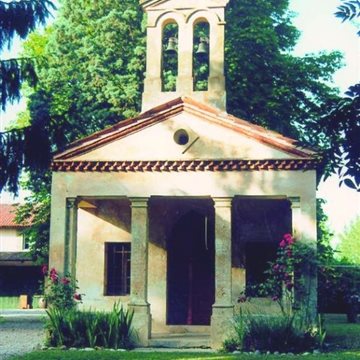 Lorenza Cesaratto
Lorenza Cesaratto
Aquileia, a treasure chest
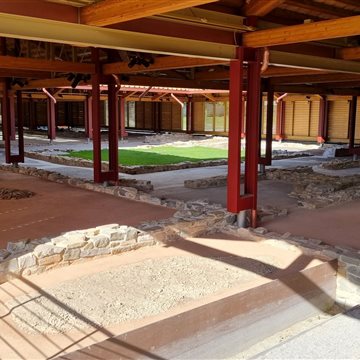



For a person born and raised in Friuli Venezia Giulia, Maniago is synonymous with knives. What better occasion than the Coltello in Festa festival to discover something more about this little town at the start of Valcellina.
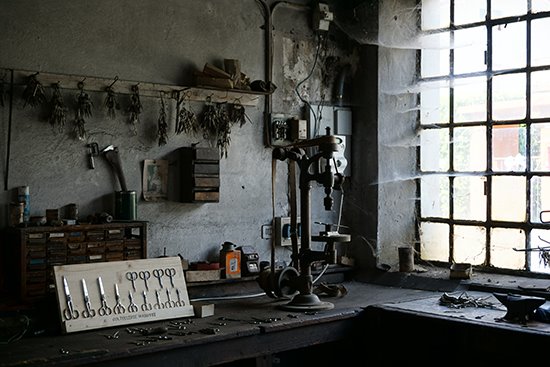
That the area was rich in the making of knives, especially in the past, is something I knew, but what I did not know was how many manufacturers there are now . 50? 100? For a small town of 12,000 inhabitants, that would have seemed quite a large number. Well, I was wrong. At the time of maximum expansion, there were no less than 400 (yes, that’s right!) workshops dedicated to making blades: some specialising in producing tailoring scissors, others in corkscrews, others in knives for electricians, and many more.
You cannot imagine how many different types of knives and similar, dedicated for special jobs, there are! There are blades for curls, for example, or with hooks, with a curved blade, with a straight blade... and every knife has its own type of handle. Yes, because the blade hats have its own its handle: a blade with an unsuitable handle will be of no use. How did I learn all this? Visiting the Museo dell’Arte Fabbrile e delle Coltellerie. Here, the history of this art is traced back from the early days to the present; an art that has determined the development of the surrounding territory.
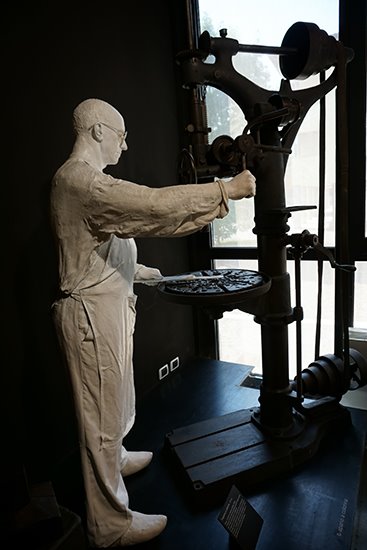
There is no doubt that this economy has an impact on the development of the surrounding area and in the case of Maniago this is true also from an architectural point of view. In fact, unlike many neighbouring towns, Manage does not have the streets marked by gateways and the houses do not turn toward the street. On the contrary, the heart of all domestic activity is the internal courtyard. The workshops first arose in unused rooms, disused stables, workshops built against the main building. And they looked inwards, with the windows overlooking the street painted white so as not to divulge the secrets of each master knife-maker.
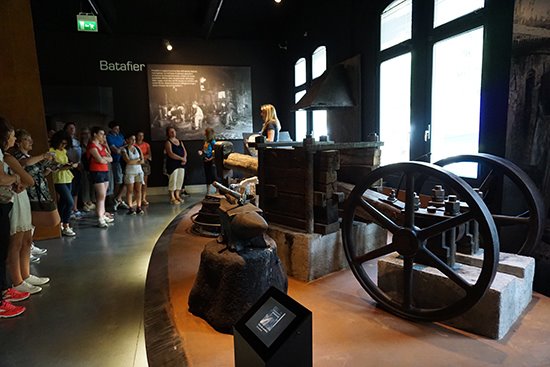
Today, there are not many of these workshops left, and having the opportunity to visit one thanks to this event is something magical. It is a leap in the past, to see the scissors that my mother, and before her, my grandmother, used to cut fabric and which can still be bought today, learning to distinguish a handcrafted quality product from an industrial one.
But it is also a case of seeing the future represented, for example, by the new processes using robotics that are leading the blades of Maniago towards new challenges.

 Lorenza Cesaratto
Lorenza Cesaratto

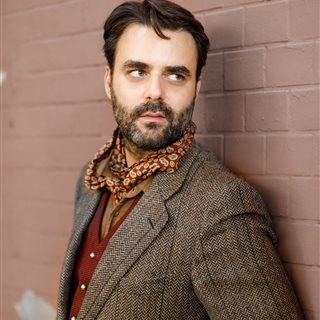 Giovanni Morassutti
Giovanni Morassutti

 Giovanni Morassutti
Giovanni Morassutti
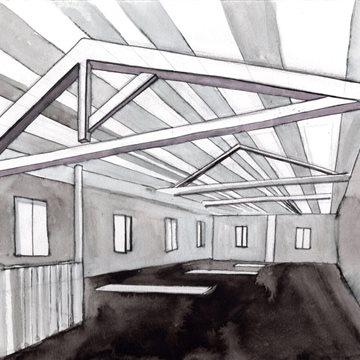
 Giovanni Morassutti
Giovanni Morassutti
